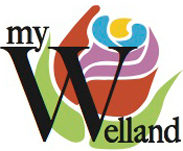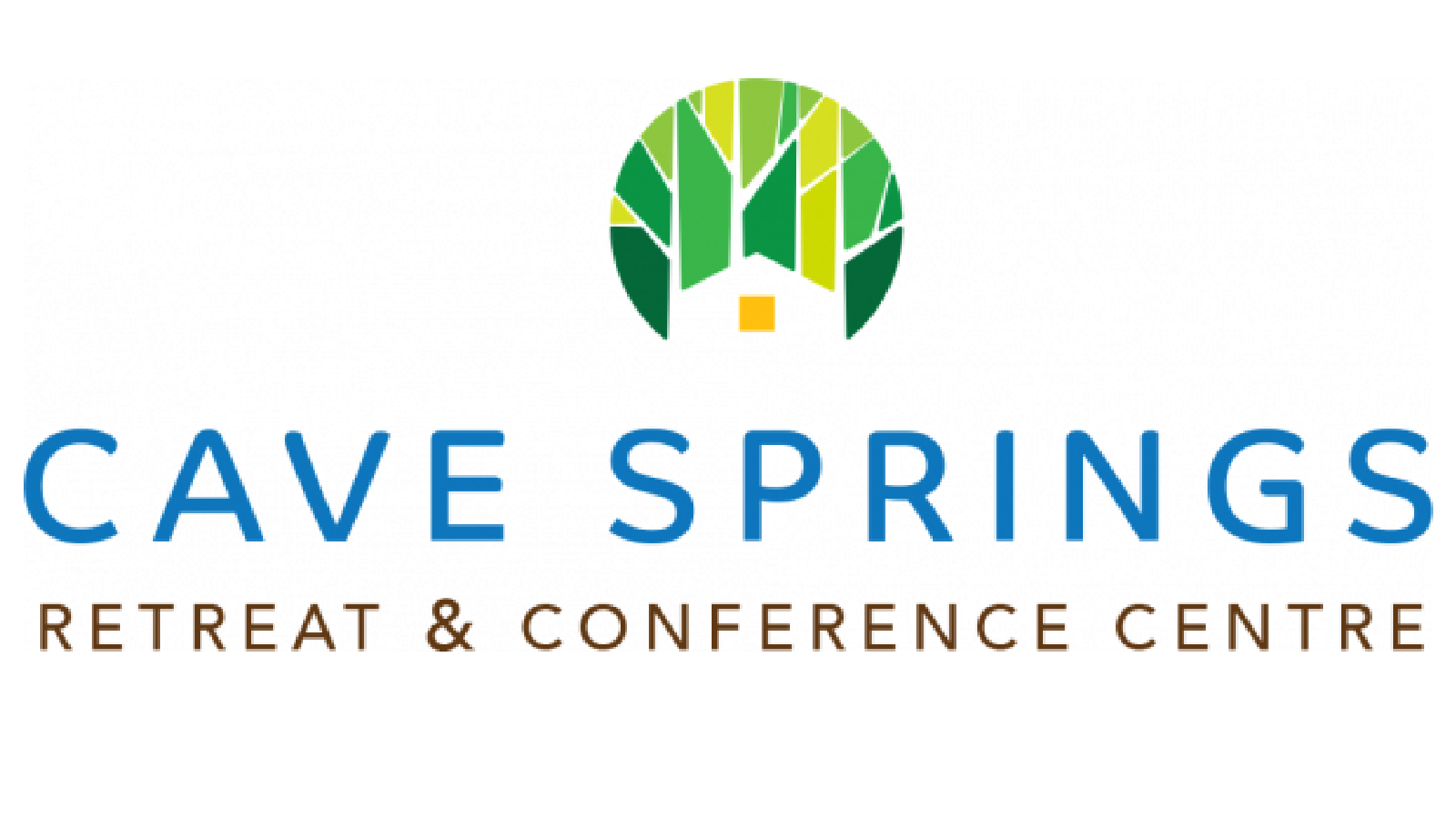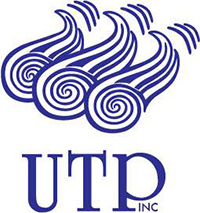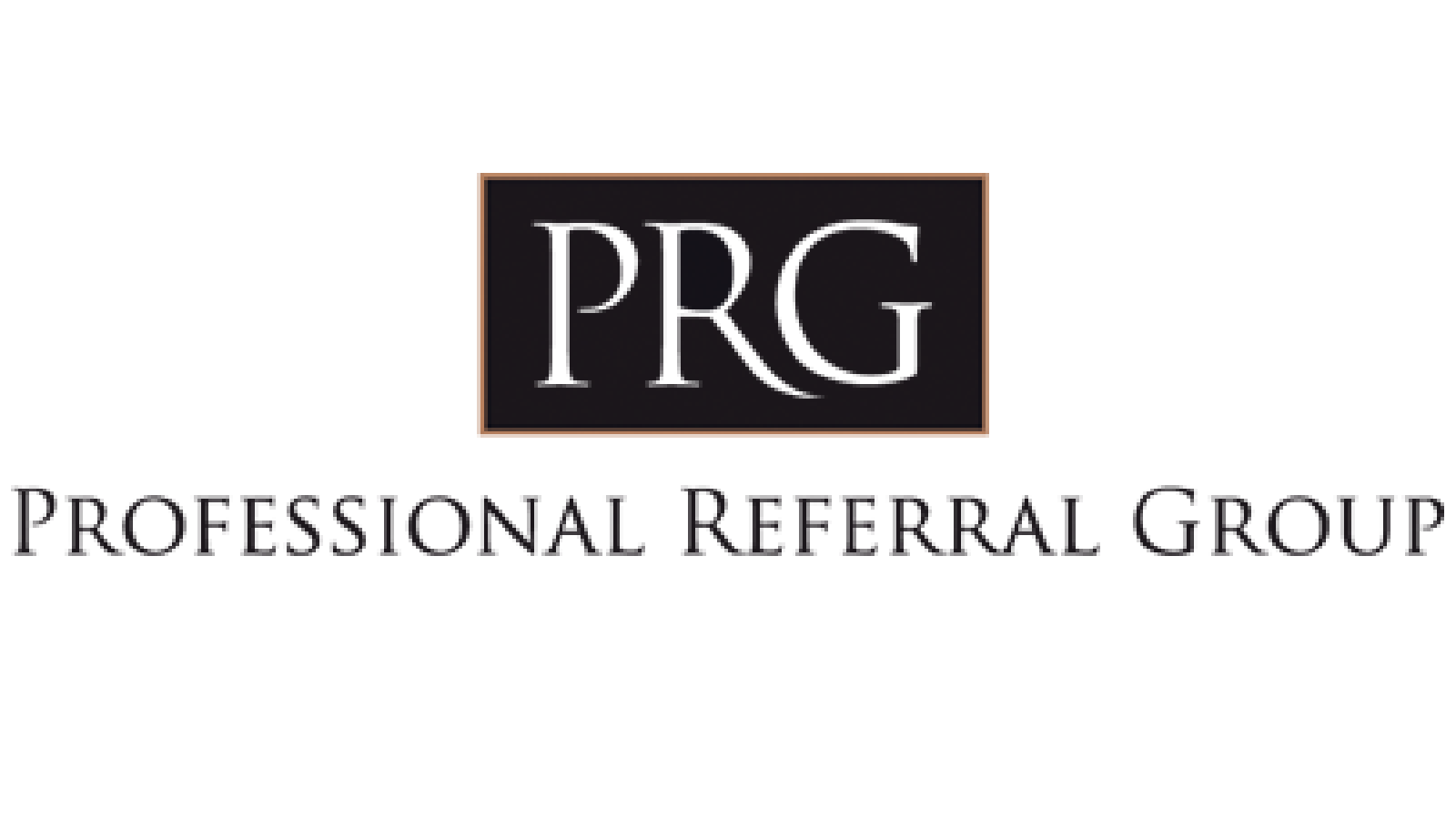As members of Disaster Kleenup International, our professional teams at Miller Restoration have provided clean-up services for countless Niagara homeowners following disasters like fire, flood and excessive storm damage.
We’re fully aware that, even though families may have emergency procedures plans in place (like those suggested on the Government of Canada’s “Get prepared” website), nobody is ever really prepared for disaster. At Miller, we offer our own disaster planning guide, available by sending us a request on our website contact page, HERE.
Because we are homeowners ourselves, our first piece of advice to our neighbours on being prepared is to stay on top of your insurance policy. Know exactly what “disaster” means to your insurance company, and be aware of what will be covered, or what won’t, if disaster strikes.
Once you have a handle on that, it’s a good idea for every person living in your home to be part of an emergency procedures plan.
To help you out, our Miller teams would like to offer some emergency procedures tips, beginning with a definition of exactly what constitutes an emergency in your home.
Beyond the obvious issues of fire, flood, natural disaster or storm-related damage, an emergency is any situation that can potentially damage your home or pose a risk to you and your family.
Outside your home, things may happen to make your home inhabitable: Loss of heat in winter; loss of water services; problems with a gas line; loss of electricity; damage by vandals; problems with sewage disposal or a disaster nearby, like a train collision, or a natural gas explosion. If you are asked to evacuate your home, that’s an emergency, so it pays to know what to do should that happen.
All homeowners should have a contact list of information, easily accessible to all family members, put together with a copy of your insurance policy. On the contact list, include utility service names and account numbers; your insurance broker’s information and the name and number of any service providers who regularly visit your home (in case you need to cancel services for a while). Include school contact and work contact information as well, in case you and your child won’t be able to attend.
When disaster strikes inside the home, whatever it is and the location in which it occurs will drive your exit plan. Your emergency procedures plan should contain options, so family members are aware of how to safely exit the home.
Gather family, and of course furry friends, together as quickly as possible and exit as planned. If your emergency calls for 911 assistance, make that call as soon as you are safely away from the home.
Your next call might be to your insurance representative, who might then call in a clean-up professional. Your insurance company may have a favourite disaster-relief company they work with, but you should be aware you have the right to request the services of a clean-up professional of your own choice.
While our Miller professionals work extensively with some Niagara insurance companies, we often get called in to do clean-up and restoration work by homeowners themselves.
To mitigate loss following your tragedy, the clean-up professionals will help you to secure your home until disaster damage can be repaired. That may include boarding up windows and doors, or bringing a storage trailer so valuables can be locked up.
Miller’s teams, working with homeowners’ insurance representatives, have successfully developed action plans for dealing with fire; flood; sewage; mould; hoarding situations; storm damage, and many other situations that posed a risk to the homeowners.
If you and your family need to evacuate the home for a period while damage and loss are assessed, your insurance representative will authorize your relocation.
Miller’s teams advise waiting until you are relocated to make calls to utility companies and other contacts on your emergency list. Keep in mind that emergency-related utility shutoffs may already have been ordered by your fire services or other community representatives. Don’t assume this has been done, though – it’s still a good idea to call.
Once damage has been assessed, your insurance company will contact you with a plan of action for repairing damage and keeping track of items that were lost or destroyed. This may require a thorough list-making on your part; it helps to have photographic records of each room in your home, so you can visually recall what was in them.
We worked with one family who was so prepared, they had a flash drive in their safety deposit box with detailed photographs of each room. They also had a “home” binder with manuals and receipts for every piece of furniture, artwork or appliance, so they could prove their worth.
Not everyone can be that detailed, but at least with photos, you will be somewhat ahead when it comes to determining loss.
Working with your insurance company, and following your agreed-upon action plan, will mean you have weathered the disaster and entered the recovery phase.
It may be months before things are back to normal; there has been a costly disaster, after all, so that’s only expected. Just knowing your trusted professional clean-up team has your back and is ready to put things right … well, that’s the “relief” in “disaster relief.”
Our teams of professionals at Miller Restoration are standing by, ready to bring you some relief.
Are you in need of cleanup or advice following a disaster in your home? Our experts at Miller Restoration would be happy to answer any questions you might have.
Call the Miller office at 905-688-9224, or visit our website contact page, HERE.
 Back to myNiagaraOnline
Back to myNiagaraOnline





















